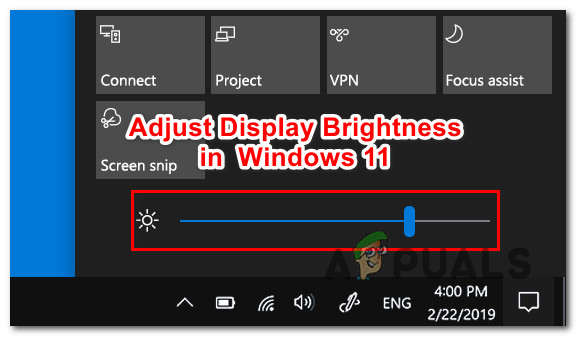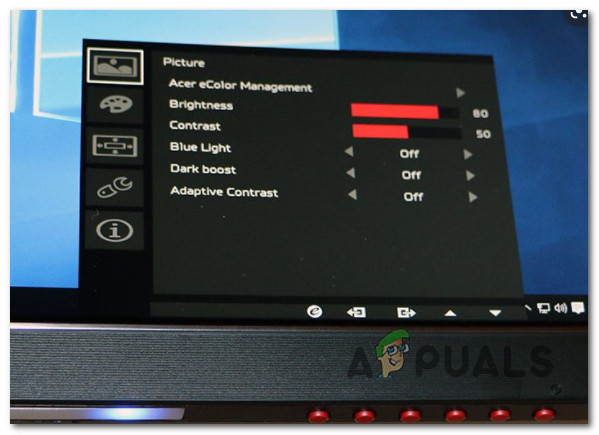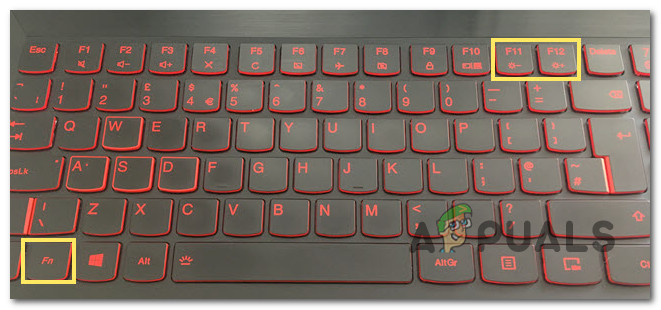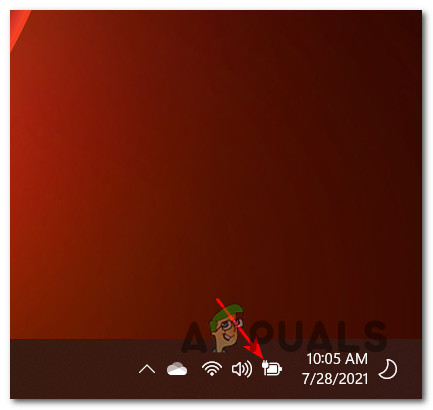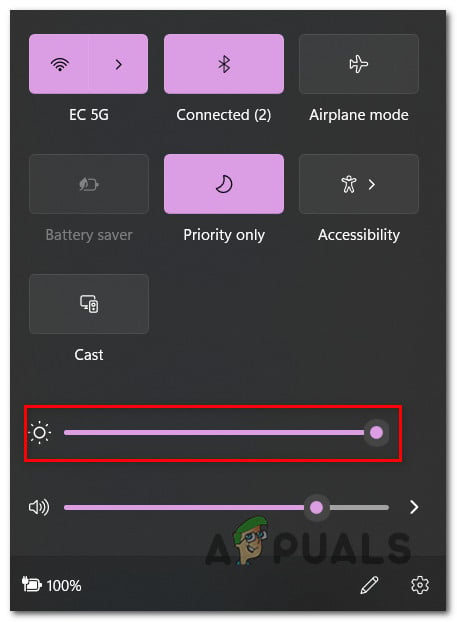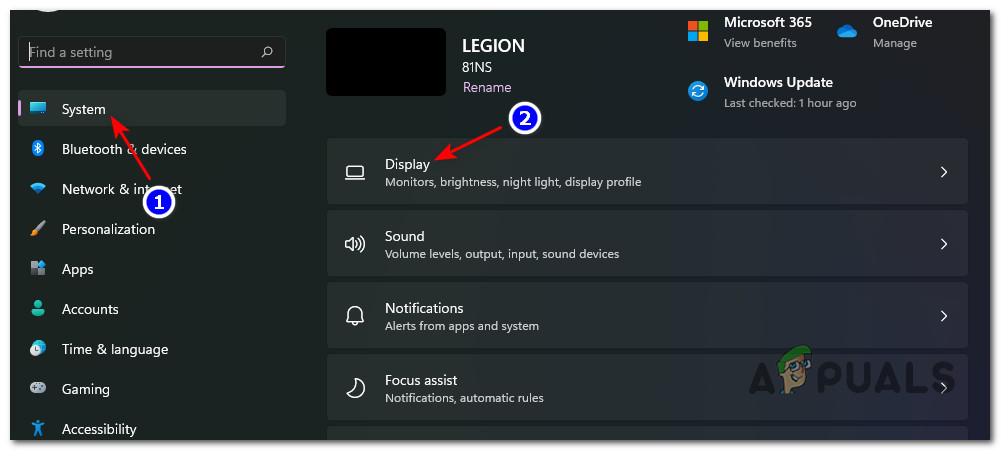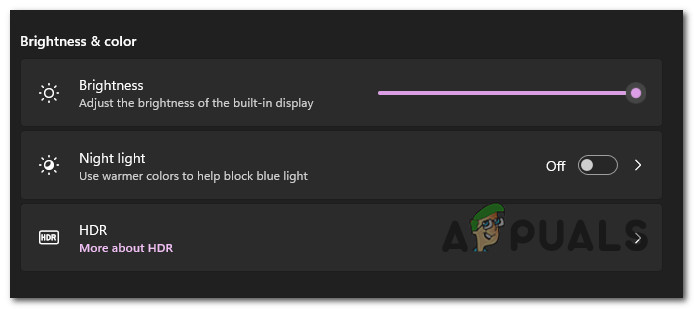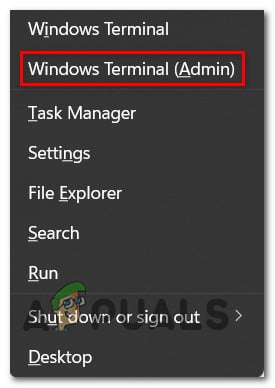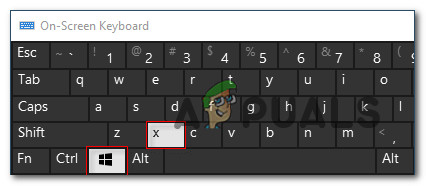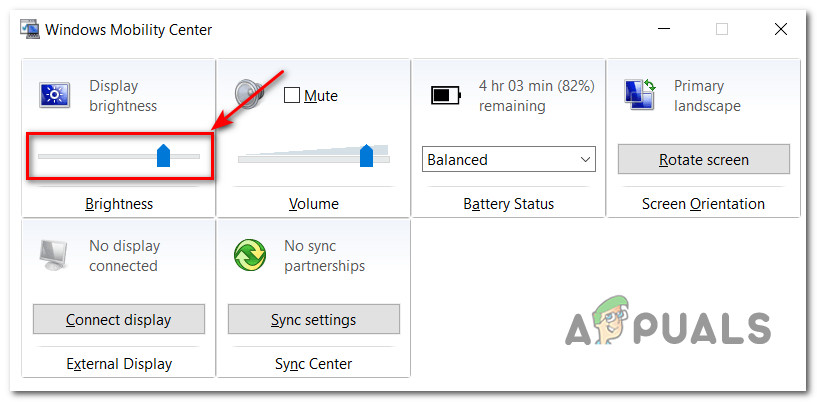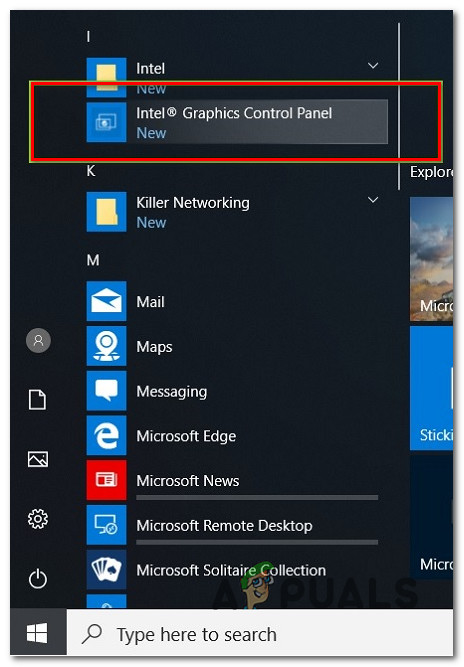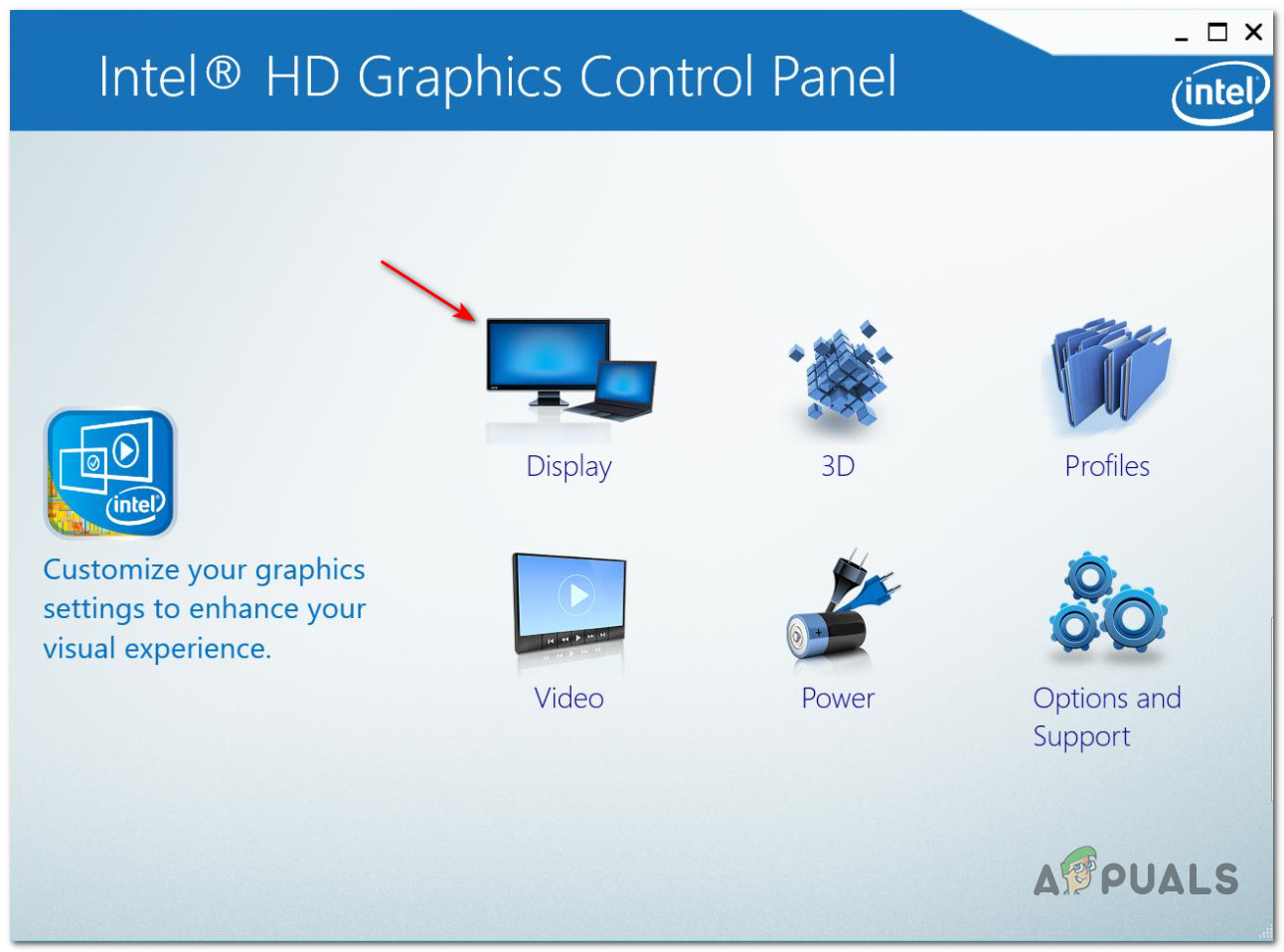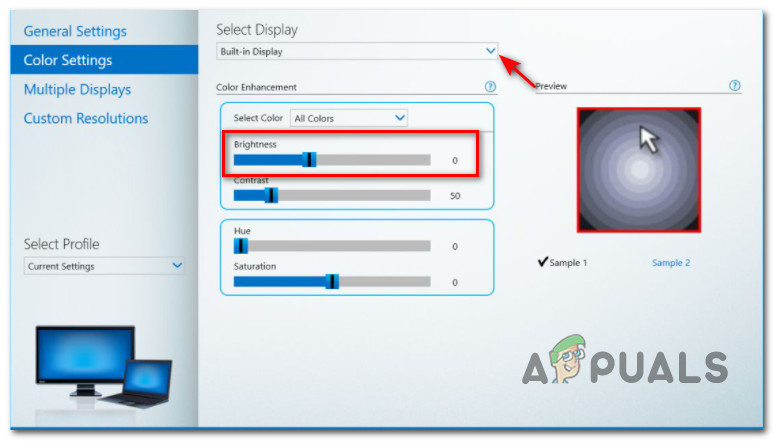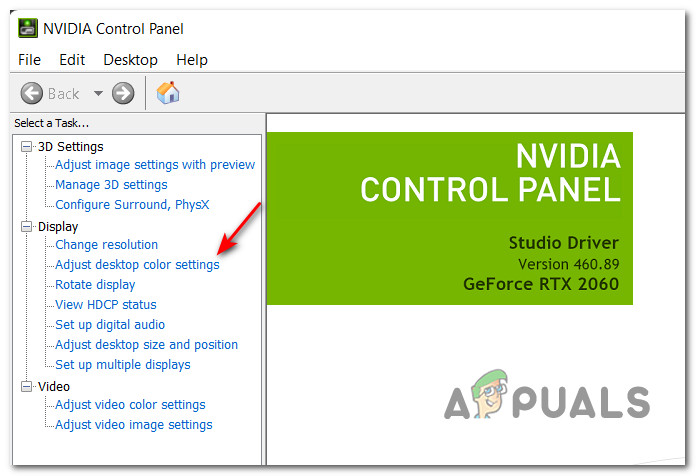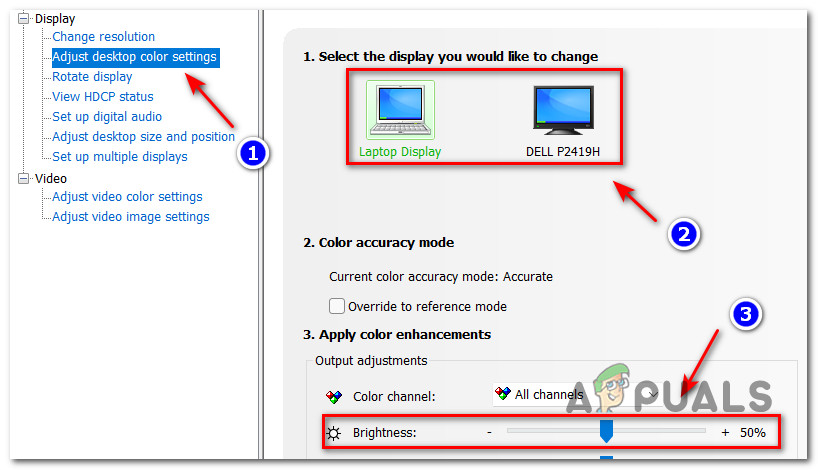Certain PCs are capable of adjusting the brightness of your Windows 11 screen automatically, but there will certainly be times where you’ll want to take full control over your screen brightness level. Just keep in in mind that the brighter your screen is, the more battery it uses. In order to help you take full control over your screen brightness, we’ve put together a comprehensive tutorial that contains all the ways that you can use to adjust the brightness level of your Windows 11 computer. Here’s a short list of methods that you can use to adjust the display brightness of your Windows 11 PC:
Adjust the Display Brightness via OSD (On-Screen Display) settings Adjust the Display Brightness via connected keyboardAdjust the Display Brightness via Quick SettingsAdjust the Display Brightness via SettingsAdjust the Display Brightness via Windows TerminalAdjust the Display Brightness via Command PromptAdjust the Display Brightness via Mobility CenterAdjust the Display Brightness via Intel Graphics Control PanelAdjust the Display Brightness via Nvidia Control Panel
Important: The Change brightness display slider might not be available on desktop PCs that have an external monitor – In this case, you should change the brightness of your external monitor by using the physical buttons on your display.
Adjust the Display Brightness using the On-Screen Display (OSD) settings
Note: This option can only be used on Windows 11 PCs with external displays (or all-in-1 PCs). The instructions for accessing the OSD settings of your particular display and adjusting the brightness level will be specific from manufacturer to manufacturer. Most commonly, you’ll need to press the Menu button to access the OSD Settings, then look for the Picture settings tab where you can adjust the brightness level. Note: Some displays will shape a separate button or even a knob that will allow you to adjust the display brightness.
Adjust the Screen Brightness by using Keyboard shortcuts
Note: This option will only work on Windows 11 computers with a built-in display. The vast majority of laptops, notebooks, and ultrabooks will feature shortcut keys that you can specifically use to adjust the brightness of your display. Most commonly the laptop manufacturers will use F2 + F3, F5 + F6 or F11 + F12 as the brightness control keys. But in order to adjust the brightness, you will also need to keep the Fn key pressed. So, for example, if your laptop has the brightness shortcut keys on F2 and F3, you’ll need to press FN + F2 to bring your screen brightness down and FN + F3 to bring it up. Note: The exact keyboard shortcuts for the brightness adjustment will be different from manufacturer to manufacturer. The best course of action is to look at your laptop’s keyboard to discover the brightness keys. If the symbols on your keyboard are no longer visible, consult the official manually or look online for the specific keys according to your laptop model.
Adjust the Display Brightness from the Quick Settings menu
Note: This option will only work on a PC with built-in displays.
Adjust the Display Brightness from the Settings menu
Adjust the Display Brightness using Windows Terminal
Note: You’ll only be able to follow this method if you’re using a Windows 11 PC with a built-in display.
Adjust the Display Brightness using Command Prompt
Note: This method will only work for Windows 11 PCs with built-in display solutions.
Adjust the Brightness of Your Display via the Mobility Center
Note: You’ll only be able to follow the instructions below if you’re using a laptop that comes with Intel’s Mobility Center pre-installed.
Adjust the Display Brightness via the Intel Graphics Control Panel menu
Adjust the Screen Brightness via Nvidia Control Panel
Note: This method is only applicable as long as you’re using an Nvidia GPU and you have the Nvidia drivers installed.
Step By Step Guide to Adjust Brightness after Upgrading to Windows 8.1How to Adjust Screen Brightness on Windows 10Fix: Missing Display/Toggle for Adaptive BrightnessGoogle Pixel Fold Could Feature An Adaptive 120Hz Display with 1200-nits of Peak…
